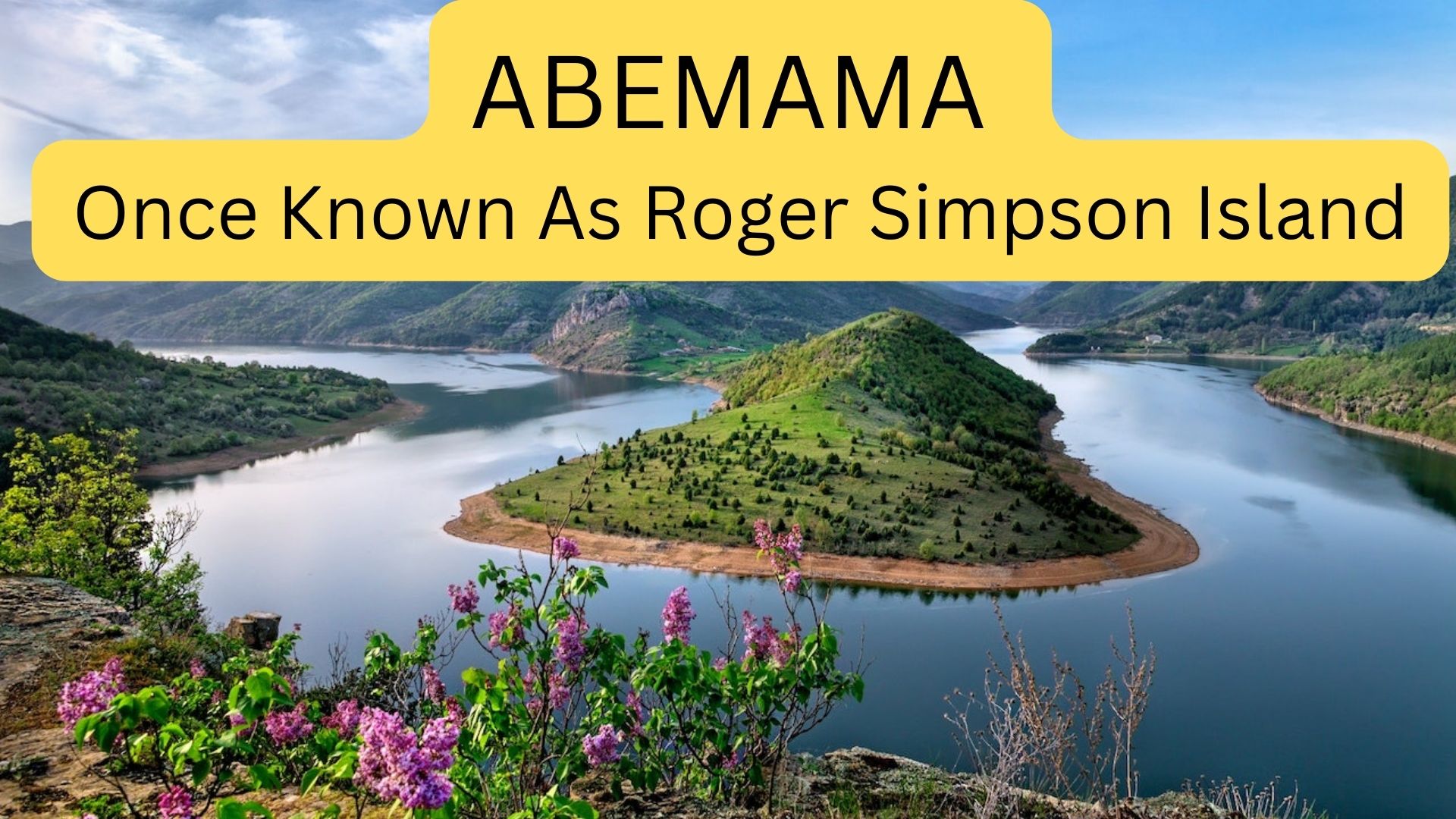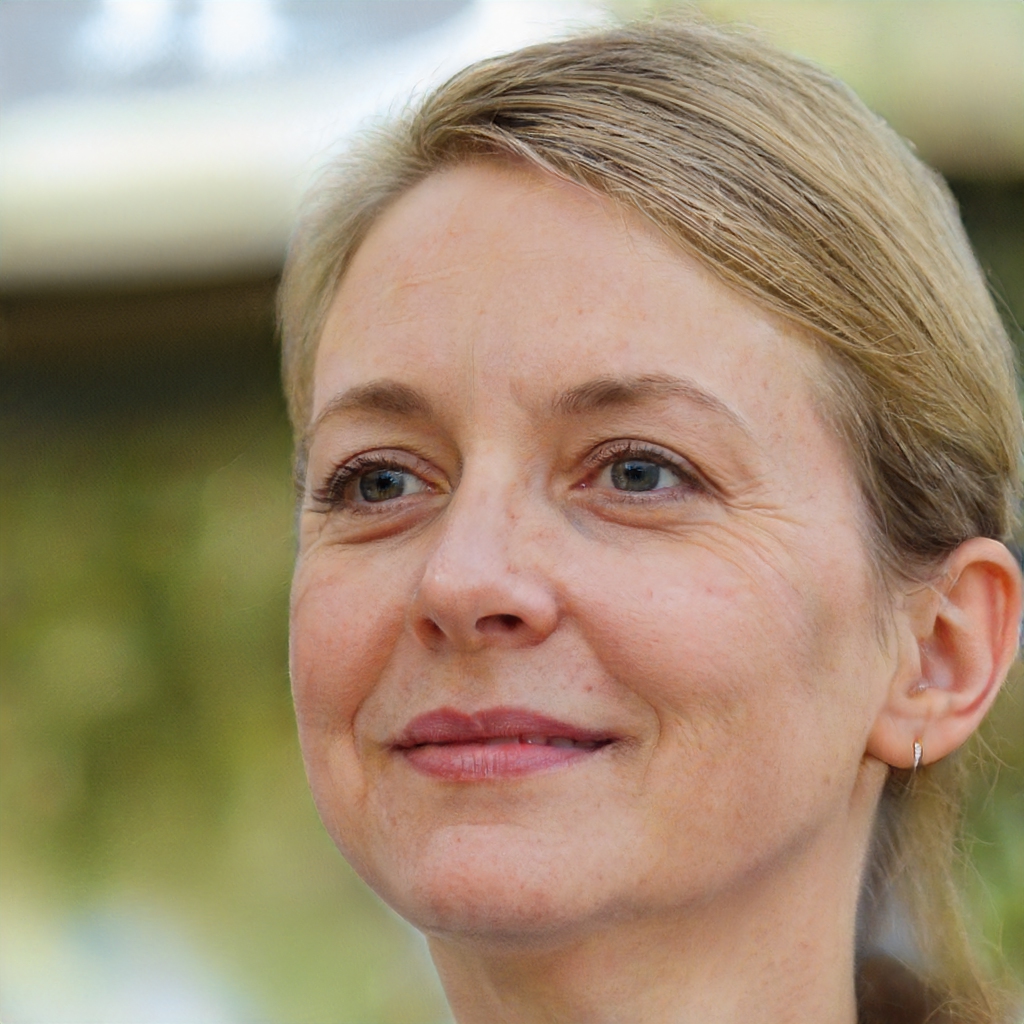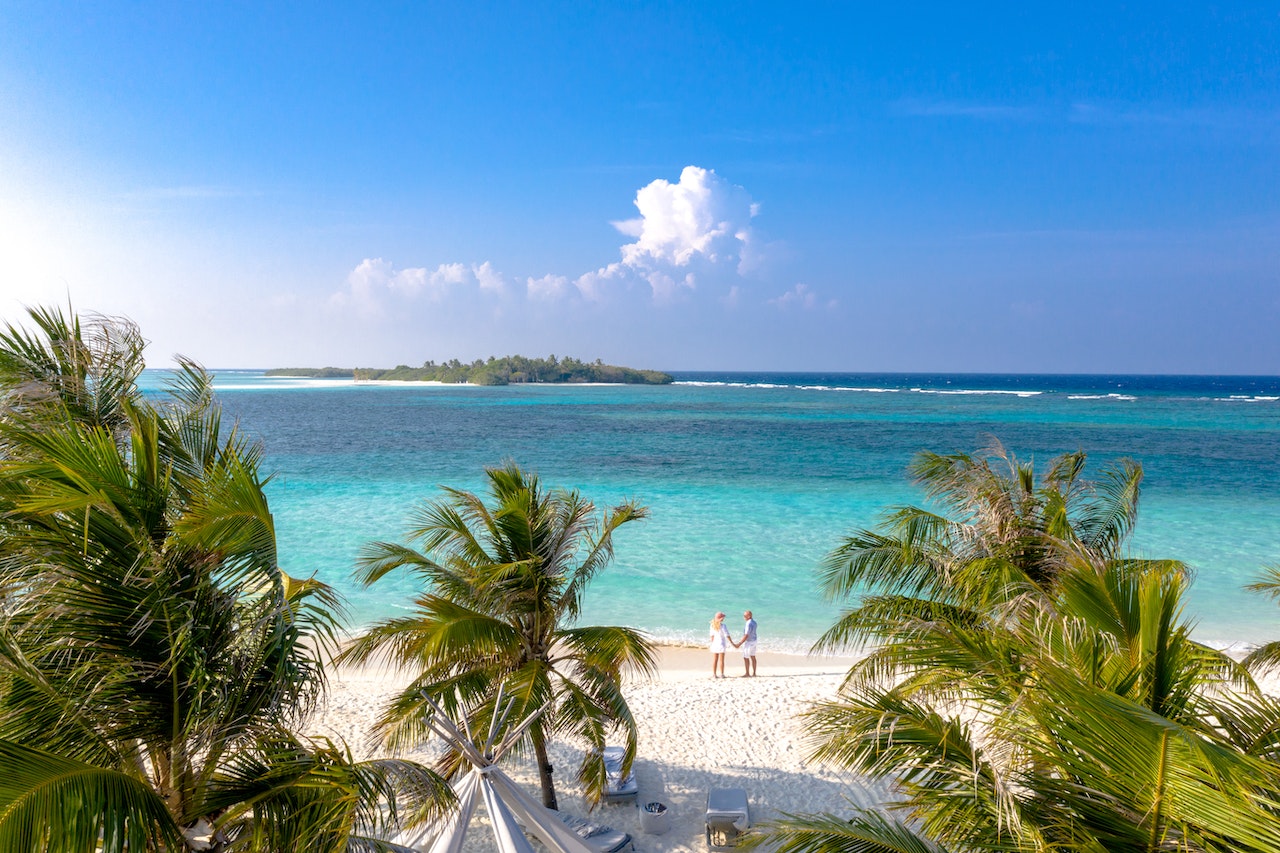Abemama - Once Known As Roger Simpson Island
A part of the Gilberts group in Kiribati, Abemama (Apamama) is an atoll that is 152 kilometers (94 miles) southeast of Tarawa and slightly north of the equator. Abemama was home to 3 299 people in 2015. Its size is 27.37 square kilometers (10.57 square miles) as of 2015. The islands are around a large lagoon. Causeways connect the several islets in the eastern portion of the Abemama atoll, allowing for vehicular travel between them. On the southwest edge of the atoll lie the small islands of Abatiku and Bike.
Author:Jane RestureSep 29, 20226.5K Shares542.8K Views

A part of the Gilberts group in Kiribati, Abemama(Apamama) is an atoll that is 152 kilometers (94 miles) southeast of Tarawaand slightly north of the equator. Abemama was home to 3 299 people (census 2005). Its size is 27.37 square kilometers (10.57 square miles).
The islands are around a large lagoon. Causeways connect the several islets in the eastern portion of the Abemama atoll, allowing for vehicular travelbetween them. On the southwest edge of the atoll lie the small islands of Abatiku and Bike.
The administrative hub of the atoll, which contains an office building, a police station, and a hospital, is the settlement of Kariatebike. Roger Simpson Island, Dundas Island, Hopper Island, and Simpson Island were previous names for Abemama.
History Of The Abemama
The US Exploring Expedition surveyed the island in 1841. One paramount chief was in charge of Abemama from the middle of the 19th century until his death.
This is different from the Northern Gilbert Islands, where family groups (called kainga) chose their own leaders, and from the Southern Gilbert Islands (from Nonouti southward), where older men (called unimwane) met in the maneaba to choose a government for everyone.
Some European sources refer to the Abemama main family as "the Gilbert Islands ruling family," but local sources acknowledge that the unimwane control much of the authority even on Abemama, and that ruling the entire Gilbert Islands as one entity is logistically difficult even now.
However, the Abemama main family has a long history of acting as the group's general commander; under the reign of Tem Binoka, they also held power over Kuria and Aranyaka. Even today, the Abemama family continues to enjoy great respect and esteem.
On May 27, 1892, Captain Davis of HMS Royalist (1883) made the first proclamation of a British Protectorate on the island of Abemama. The Abemama Post Office first opened its doors around 1910.
Traditional Welcome For First-Time Visitors In Abemama
- First-time tourists should begin their island trip in Kabangaki village, all guests are urged to carry sticks of tobacco as offerings at the shrines and are encouraged to visit traditional shrines and cultural places.
- All visitors are urged to drive carefully whenever they pass by a village or maneaba where an elders' assembly is taking place.
- Visitors are recommended to conceal their bodies when visiting the communities, especially ladies (bikinis are not acceptable).
- Every maneaba or residence of the locals has a seating etiquette that requires you to sit and fold your legs, and it is disrespectful to sit with your legs extended.
What's Unique About Abemama Island?
The island of Abemama is home to several historical landmarks and cultural customs. It is crucial that you hear an oratory history of Abemama while you are on the island since it will aid in your understanding of the historical sites and indigenous practices.
Both Bike Islet and Abatiku Island, which have white sand beaches and azure seas, are must-see destinations. Its cultural history began when the royal family era began.
Things To Do And Experiences In Abemama
Visit Tuangaona, King Binoka, and the rest of the Royal Family.
Tours Of Abemama Island
Visit locations like King Binoka's sites and the Royal Family Graveyard; the 1905-built Catholic church at Binoinano; Teaa's Well; Tuangaona Shrine; and more.
Islet Day Trip Via Bike
Observe the remnants of a leper camp at the Kaobunang Spirit Shrine. Swim in the beautiful sea and sunbathe on a pristine sandy beach. Snorkel. Fish. Surf. Or just take a leisurely stroll around the island.
A Day Trip To Abatiku Islet
Spend a day with the people who live on Abatiku Island and do things like hunt for clams or sandworms, go fishing or snorkeling, and eat delicious native food.
Lessons In Te Kamei Dancing
Te Kamei dance is a specialty of Abemama. Abemama is one of the only locations in Kiribati where visitors may learn this kind of dancing from native dance choreographers.
Lessons, Arts, And Crafts
Visitors will get the chance to learn how to make shells, necklaces, floral arrangements, mats, baskets, and other types of decorations out of pandanus leaves.

Kiribati Abemama Tradition
Places To Reside In Abemama
Abemama has a breadth that ranges from to and a land area of. The biggest and main islet, which includes 11 communities and is home to the majority of the people, is one of the island's three main islets. Both Bike, an islet south of Abatiku on the northwest reef, and Abatiku itself have substantially lower populations.
Hotel Abemama Green
Which is situated in a lovely area and is environmentally friendly. With stunning views of the lagoon, sunset, beach, and swimming area at Kariatebike Causeway, the hotel provides island bungalows that were created locally.
Monivae Inn
Chevalier College is located and is operated by Chevalier College, a Catholic secondary school on Abemama, only five minutes by car from the Island Council Station in Kariatebike. Australian Catholic schools often travel to Abemama and stay at the hotel.
People Also Ask
Who Is The King Of Abemama?
King Binoka is the king of Abemama.
Where Is Abemama Located?
A part of the Gilberts group in Kiribati, Abemama (Apamama) is an atoll that is 152 kilometers (94 miles) southeast of Tarawa and slightly north of the equator.
What Is The Population Of Abemama Island?
Abemama island's total residents are 3262.
Conclusion
The island of Abemama has stunning beaches and a turquoise lagoon. You may still see physical proof of American and Japanese World War II artifacts, cultural shrines, and locations/monuments dedicated to their legendary King Binoka and traditional spirits at Abemama.
Due to its protected lagoon, cruising boats frequently stop at Abemama, which is near enough to South Tarawa's capital for a weekend vacation. Sport fishermen like to catch bonefish, which are plentiful in the lagoon.

Jane Resture
Author
Since she embarked on her first world trip in 2002, Jane Resture spent the past decades sharing her personal journey and travel tips with people around the world. She has traveled to over 80 countries and territories, where she experienced other cultures, wildlife she had only read about in books, new foods, new people, and new amazing experiences.
Jane believes that travel is for everyone and it helps us learn about ourselves and the world around us. Her goal is to help more people from more backgrounds experience the joy of exploration because she trusts that travel opens the door to the greatest, most unforgettable experiences life can offer and this builds a kinder, more inclusive, more open-minded world.
Latest Articles
Popular Articles
